Real-time heart imaging during surgery, guiding surgeons with immediate feedback on cardiac function, valve repairs, and structural corrections.
Procedures & Treatments
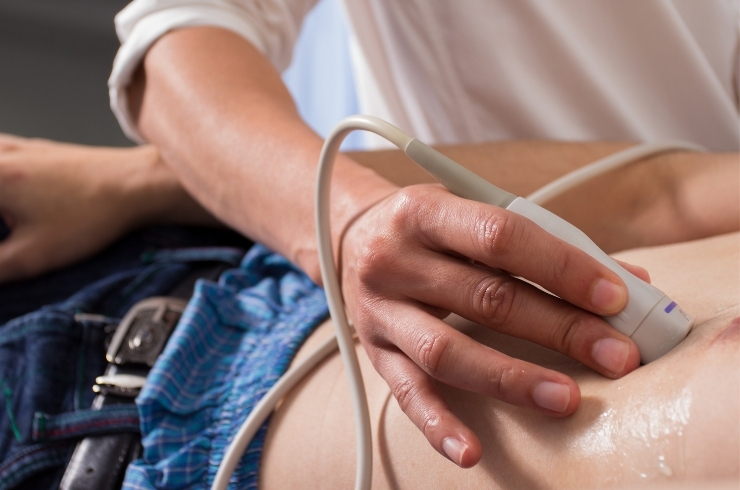
Transthoracic Echocardiography (TTE)
Non-invasive ultrasound of the heart performed through the chest wall to assess structure, function, and detect abnormalities in real time.
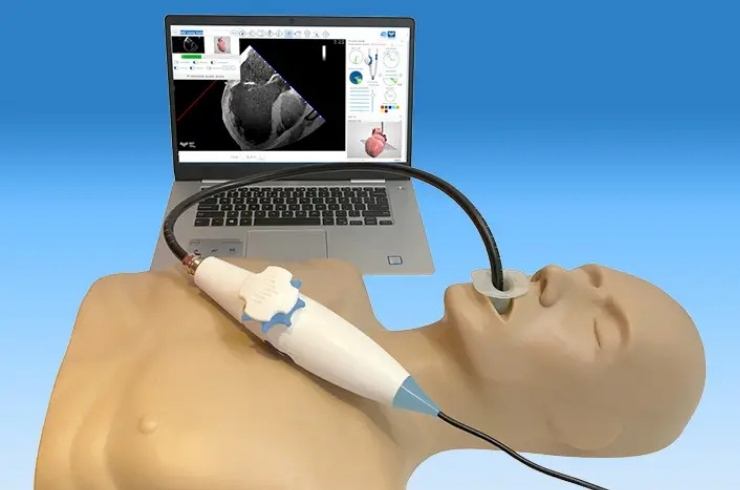
Transesophageal Echocardiography (TEE)
Ultrasound probe passed into the esophagus for detailed, closer images of heart structures, especially useful during surgery or complex diagnoses.
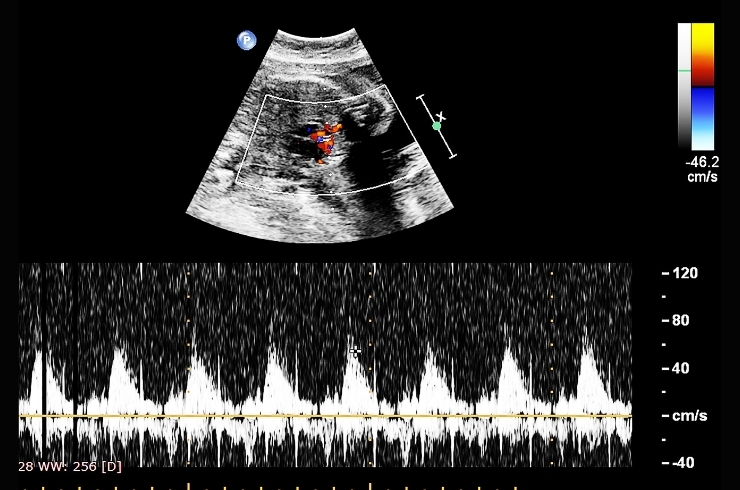
Fetal Echocardiography
Specialized ultrasound to evaluate an unborn baby’s heart for congenital defects, rhythm issues, and overall cardiac development in utero.

Diagnostic Catheterization & Angiography
A minimally invasive procedure using contrast dye and X-rays to assess heart chambers, vessels, and pressures for accurate diagnosis.
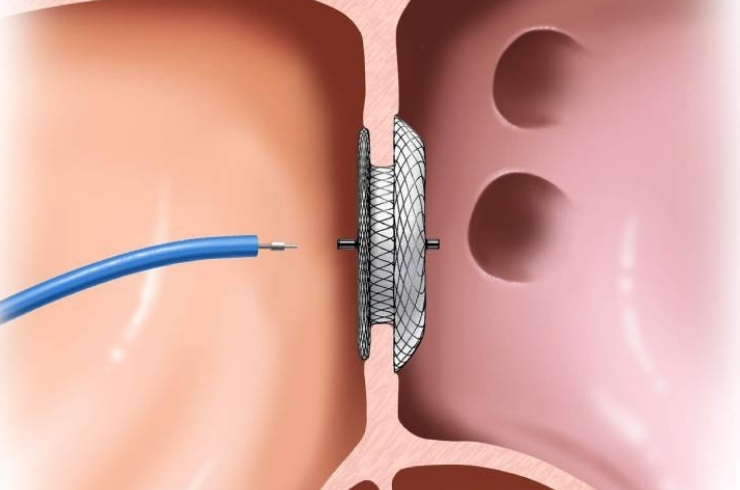
Device Closure Procedures
Non-surgical technique using catheter-delivered devices to close heart defects like ASDs, VSDs, or PDAs, ensuring effective, safe correction.
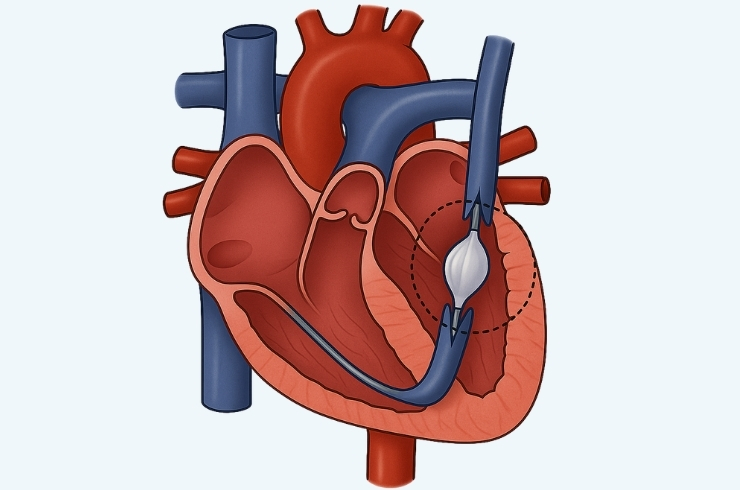
Balloon Dilatation Procedures
Catheter-based procedure where a balloon is carefully inflated to widen narrowed heart valves or vessels, significantly improving blood flow and function.
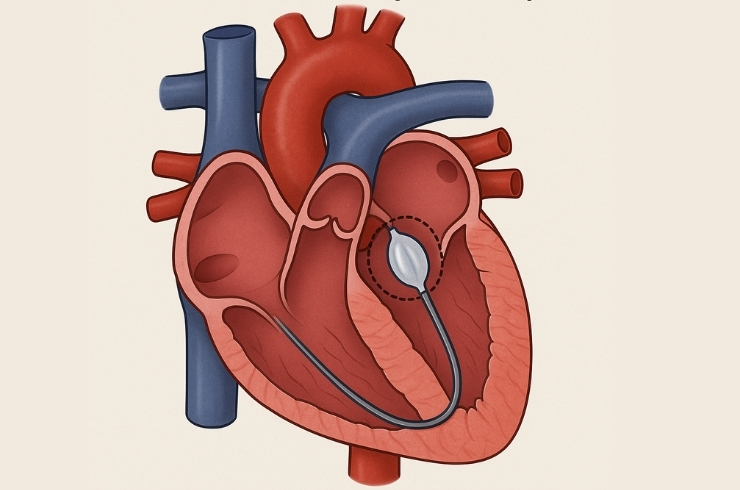
Balloon Atrial Septostomy
A life-saving procedure creating or enlarging an opening between heart’s upper chambers to improve oxygenation in critical congenital heart defects.
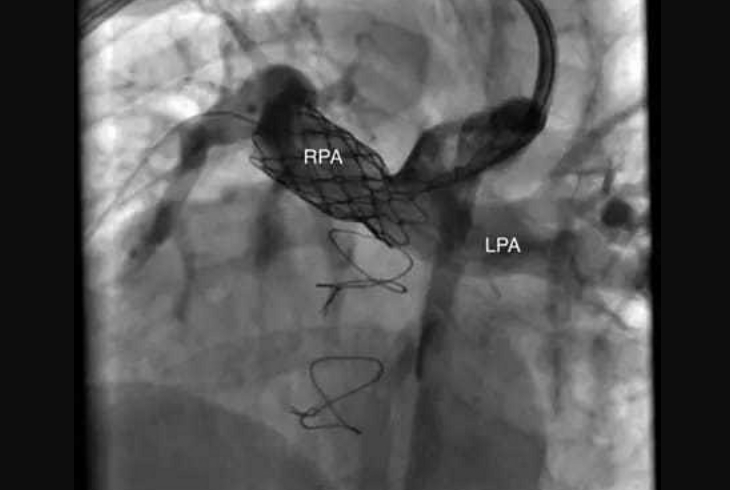
Stent Placement Procedures
Metallic mesh tubes inserted via catheter to open narrowed blood vessels or ducts, restoring proper circulation and preventing future blockage.

